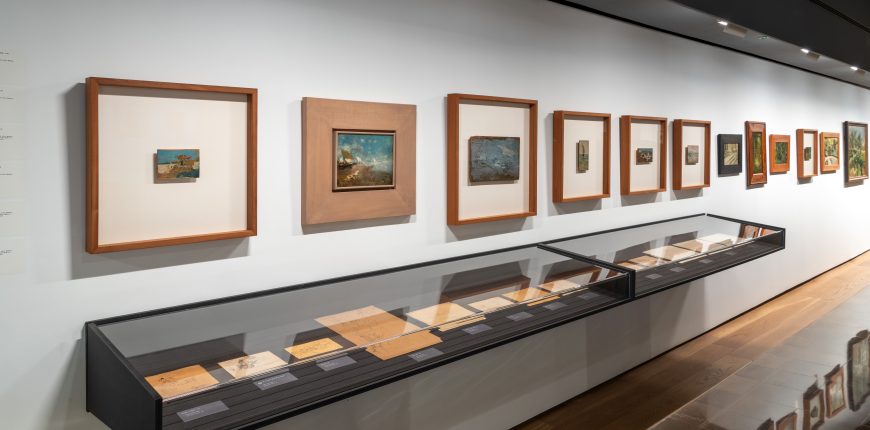IVAM Collection
The collection of the IVAM is the core of the museum and constitutes a fundamental basis of its programming. It began to constitute in 1985, and continues growing with acquisitions, donations and deposits.

Artworks
Collection exhibitions
History and mission
The IVAM (Institut Valencià d’Art Modern) was created in 1986 as a public law entity by the Valencian Cortes, and its main headquarters, the IVAM Center Julio González, was inaugurated in 1989 in the center of the city of Valencia. According to the new law approved in 2018, the IVAM’s own object is the development of the cultural policy of the Generalitat Valenciana with regard to the knowledge, protection, promotion and dissemination of modern and contemporary art and its associated activities. It involves establishing and safeguarding a set of museum collections representative of the development of art of the 20th and 21st centuries, organizing and carrying out exhibitions of modern and contemporary art, as well as cultural activities, establishing collaborative relationships with related institutions, and promoting the knowledge and dissemination of the works and the identity of the historical heritage assigned to the museum.
The IVAM must be a place of reference for modern and contemporary art, an inhabited and livable place, committed to society and articulated around a program based on the collection, the exhibitions (associated or not with it), as well as artistic research, publication editing and mediation. With this objective, it must develop a program that is established through strategies and alliances of territorialization and internationalization, in which the field of art is understood as an active crossing of heterogeneous relationships that are linked to each other. And, likewise, do it from a methodology that adopts an ethic of care. A relational, inclusive and collaborative methodology, with awareness of all those people who have not been part of the definition of the modern museum, whether due to issues of class, racism or discrimination, gender or sexual orientation.




















